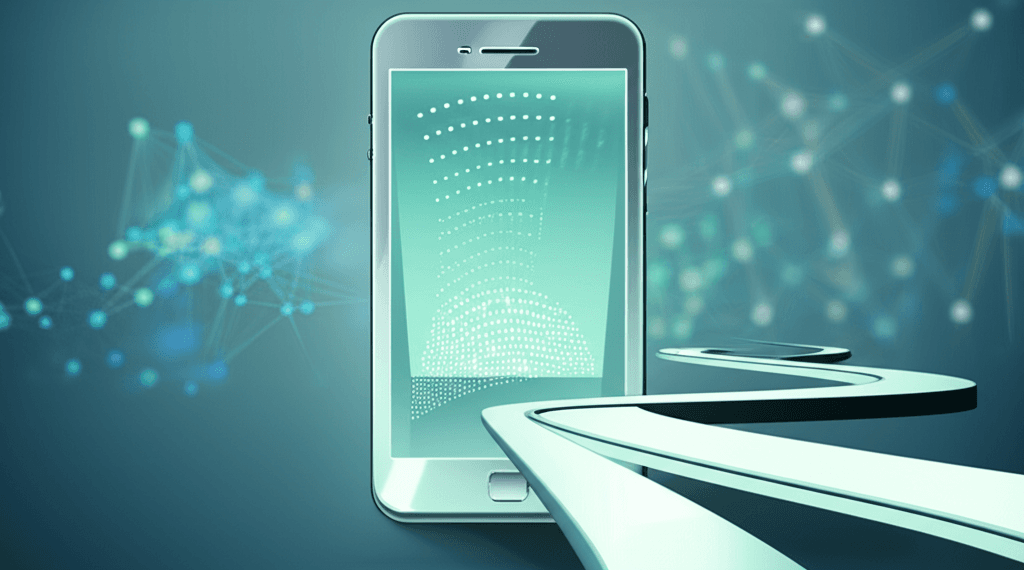Apple Forges Distinct AI Path, Prioritizing Privacy and Polished Experience
In a fast-paced AI race, Apple's methodical strategy champions privacy, on-device power, and a meticulously polished user experience.
July 21, 2025

In a technology landscape defined by the frenetic pace of the artificial intelligence arms race, Apple is charting a conspicuously different course. While competitors like Google and Microsoft are rapidly deploying generative AI features, Apple's own suite of AI, dubbed "Apple Intelligence," is being introduced with a deliberate, staggered rollout that will see some of its most anticipated capabilities delayed until 2025 and even 2026.[1][2][3][4] This methodical pace is not a sign of weakness or a failure to innovate, but a strategic decision rooted in the company's core principles of privacy, user experience, and getting it right the first time.[5][6]
A primary driver of Apple's unhurried approach is its unwavering commitment to user privacy, a cornerstone of its brand identity.[7][6] Unlike many rivals that rely on cloud-based AI models that process vast amounts of user data on remote servers, Apple's strategy is built on on-device processing.[8][9] The majority of Apple Intelligence tasks are designed to run directly on an iPhone, iPad, or Mac, powered by the company's custom silicon and its powerful Neural Engine.[10][5][11] This ensures that personal information—from the content of emails to photos of loved ones—remains on the device, significantly reducing the risk of data breaches and misuse.[12][13][14] This privacy-first architecture inherently requires more time to develop and optimize, as creating powerful yet efficient on-device models is a significant technical challenge.[15] For more complex requests that demand greater computational power, Apple has developed a system called Private Cloud Compute, which extends the security of Apple devices into the cloud, but even here, the company has implemented stringent safeguards.[16][13] Data sent to these dedicated Apple silicon servers is not stored or made accessible to Apple, and the company has taken the unprecedented step of allowing independent security experts to inspect its code to verify these privacy promises.[12][16][17]
This deliberate strategy is also deeply intertwined with Apple's long-standing philosophy of hardware and software integration.[5] By designing its own chips, like the A-series and M-series processors, Apple can create AI models that are perfectly optimized for its hardware, leading to enhanced performance and efficiency.[10][5][11] This vertical integration provides a significant advantage over competitors in the fragmented Android ecosystem.[5] However, this hardware dependency also dictates the pace of the AI rollout. Apple Intelligence will only be available on devices with an M1 chip or later, and for iPhones, it is restricted to the more recent and powerful models like the iPhone 15 Pro and iPhone 16 lineup.[18][19] This hardware requirement is a direct result of the memory and processing power needed to run capable language models on-device.[19] Analysts believe this could trigger a significant iPhone upgrade cycle, as users will need newer hardware to access the full suite of AI features.[20]
Furthermore, Apple's measured approach reflects its historical preference for perfecting a user experience rather than rushing to be first to market.[21][9] The company is not just adding AI features; it is aiming to seamlessly weave them into the fabric of its operating systems in a way that feels intuitive and genuinely helpful.[22][23] Apple Intelligence is designed to understand personal context—a user's routines, relationships, and communications—to provide more relevant and personalized assistance.[22][24] This deep integration, which allows the AI to perform actions across different apps, requires meticulous design and testing to ensure it is both powerful and reliable.[25] The staggered release schedule, which will see features like an overhauled Siri and deeper app integrations roll out over several updates into 2025, allows Apple to polish each component before it reaches a wider audience, avoiding the public pitfalls and ethical dilemmas that have plagued some competitors' rapid AI deployments.[7][1][26]
In conclusion, Apple's slow-and-steady strategy in the generative AI race is a calculated one, driven by a deep-seated commitment to its core values. By prioritizing on-device processing to protect user privacy, leveraging its unique hardware-software symbiosis, and focusing on creating a deeply integrated and polished user experience, Apple is playing a different game.[10][5][6] While this approach has drawn criticism from some investors and analysts who fear the company is falling behind, others see it as a savvy long-term play.[27][28][29] By refusing to compromise on privacy and user experience, Apple is betting that its patient, deliberate approach will ultimately build greater user trust and foster a more sustainable and responsible future for personal intelligence, even if it means arriving late to the party.[7][6] The real test will be whether the delayed but deeply integrated features of Apple Intelligence prove compelling enough to justify the wait and drive the next wave of growth for the tech giant.
Sources
[4]
[5]
[9]
[10]
[11]
[12]
[13]
[16]
[17]
[18]
[19]
[20]
[22]
[23]
[24]
[26]
[27]
[28]
[29]